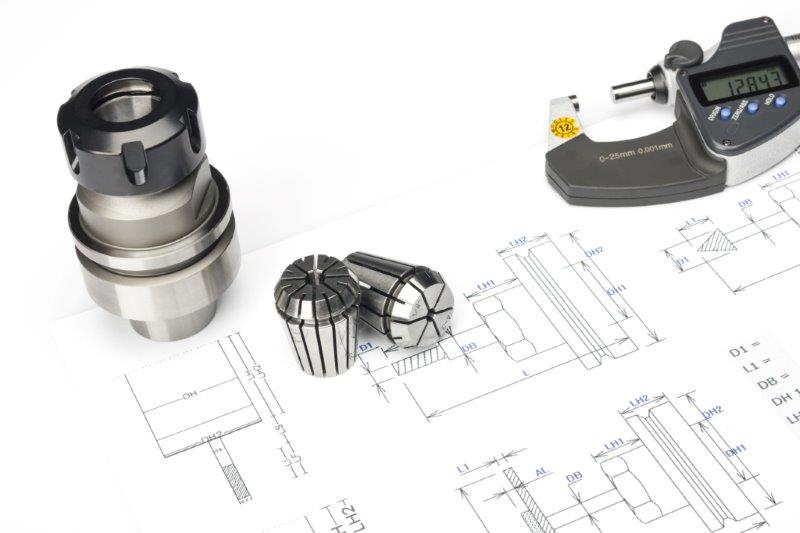Duplex Stainless Steel
One of the greatest and most fascinating areas of steel and metallurgy is the speed at which innovation and development occurs. Given the raw materials, the range of products available is astounding and testament to those that believe in creating the right tool for the job, fabricated from the right steel.
One of the newer and more exciting areas of steel development has been ‘duplex’ stainless steel. Duplex stainless steels gained greater prominence due to it’s highly desirable properties; when compared to earlier austenitic stainless steels, they have improved resistance to pitting and are hardier against stress corrosion cracking and crevice corrosion. The comparable yield strength is double that of standard austenitic stainless steel grades, such as 304 and 316.
The more interesting point is that duplex steels, while considered a seemingly new type of steel have actually been around since the 1930’s. They were developed to contain equal parts austenite and ferrite in order to reduce inter-granular corrosion that was a problem for the earlier high carbon steel types introduced by Harry Brearley.
It wasn’t until the 1960’s and ‘70’s that the Duplex grades saw an increase in research and production. A significant reason for this was the high price of nickel, which fed into the cost of 18/8 stainless steel that comprises of 18% chromium and 8% nickel. Technological advances also played their part as the VOD (Vacuum Oxygen Decarburisation) method meant more precise control of the levels of certain elements in the final product. Easier production meant the amount that could be produced rose significantly, effectively reducing the cost of these ‘new’ stainless steels. The tighter production methods in turn helped control the low carbon content, improving its ability to be welded and the low nitrogen content improved corrosion resistance. Common grades are produced to the UNS S31803/F51 standards, providing peace of mind to those who rely on the integrity of the steel.
Given the high corrosion and physical resistance of Duplex steels, it’s unsurprising to find them used in chemical, petrochemical and engineering works throughout the world. These high-strain and aggressive environments need a product that can withstand the stresses placed upon them, for which Duplex appears to be ideal.
Although Duplex only gained wide-ranging usability relatively recently, it’s worth remembering that the original innovation took place nearly 80 years ago, not long after Brearley’s original discovery of stainless steel. Discoveries and development of steel can be so rapid, it’s always possible to be excited about the greatest innovation in steel’s tomorrow.

